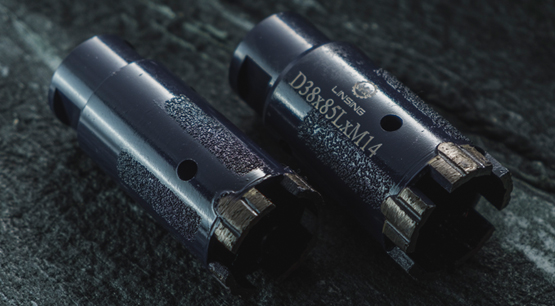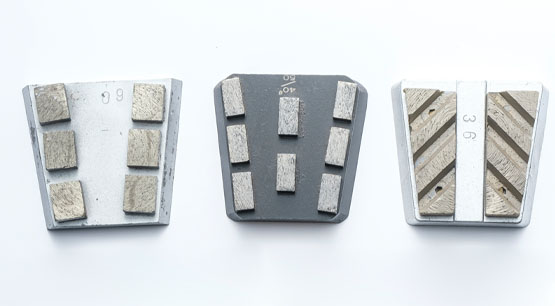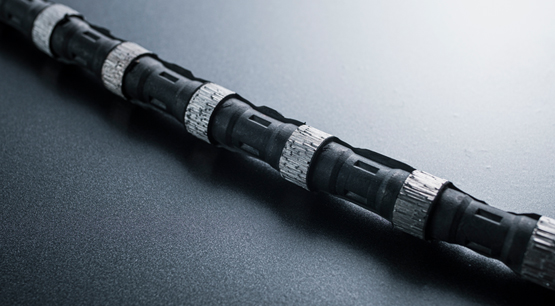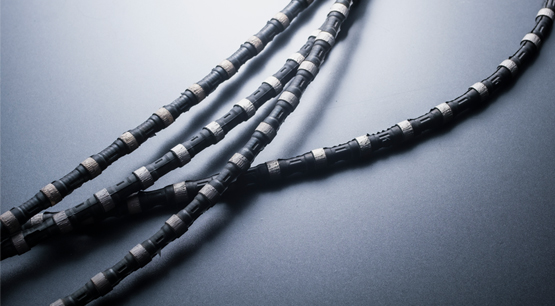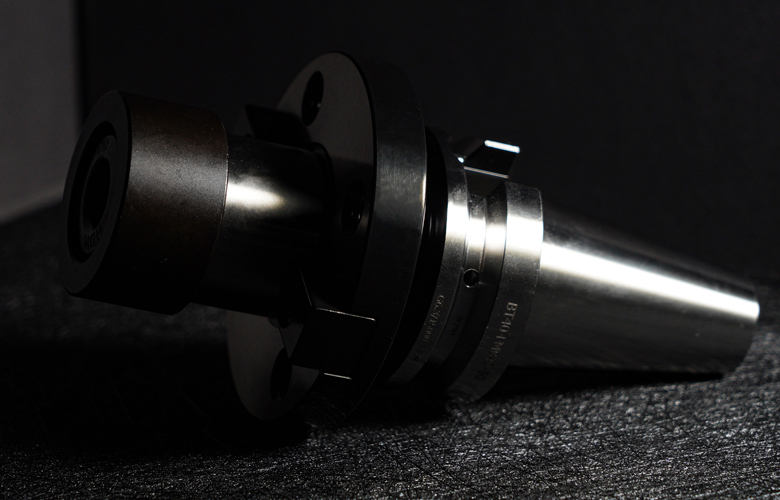Introduction
Diamond wire saw beads are a critical component in diamond wire saws, widely used in the construction, mining, and stone processing industries. These beads, which consist of steel wire and diamond segments, are essential for the efficient and precise cutting of hard materials like concrete, stone, and metals. The production and inspection of diamond wire saw beads are complex processes that require precision and attention to detail to ensure their quality and performance. This article will provide a comprehensive overview of the production and inspection processes of diamond wire saw beads.
1. Raw Material Selection
The first step in the production of diamond wire saw beads is the selection of raw materials. The primary materials used are high-strength steel wire, industrial diamonds, and metal powders for the bond.
- Steel Wire: The steel wire used must have high tensile strength and flexibility to withstand the cutting forces and prevent breakage.
- Industrial Diamonds: Diamonds used are usually synthetic, chosen for their hardness and cutting efficiency.
- Metal Powders: These include cobalt, nickel, and other metals that form the bond matrix holding the diamonds in place.
2. Wire Preparation
Before attaching the diamond beads, the steel wire needs to be prepared:
- Cutting to Length: The steel wire is cut to the required length, which will determine the length of the diamond wire saw.
- Cleaning: The wire is cleaned to remove any impurities or residues that might affect the bonding process.
- Surface Treatment: The surface of the wire is treated, often coated with a layer of metal, to enhance the bonding strength between the wire and the beads.
3. Bead Manufacturing
The production of the diamond beads involves several stages:
- Mixing: Metal powders are mixed with diamond particles in precise ratios to form the bond matrix. The quality and proportion of these materials are crucial for the performance of the beads.
- Pressing: The mixed powder is pressed into the desired bead shape using a high-pressure press. This step determines the initial shape and density of the beads.
- Sintering: The pressed beads are then sintered at high temperatures in a controlled atmosphere. Sintering fuses the metal powders and diamond particles, forming a solid bond matrix. The temperature and duration of sintering are critical factors that affect the hardness and durability of the beads.
- Cooling and Cleaning: After sintering, the beads are cooled and cleaned to remove any residues or oxides formed during the process.
4. Bead Assembly
Once the beads are manufactured, they need to be assembled onto the steel wire:
- Stringing: The beads are strung onto the prepared steel wire in a specific sequence, often interspersed with spacers made of rubber or plastic to ensure even distribution and flexibility.
- Fixing: The beads are fixed in place using a brazing or bonding process. This ensures that the beads remain securely attached to the wire during cutting operations.
- Vulcanizing: The assembled wire is then vulcanized if rubber spacers are used. This process involves heating the wire to bond the rubber spacers to the wire and beads, providing additional flexibility and durability.
5. Quality Control and Inspection
Ensuring the quality of diamond wire saw beads involves rigorous inspection and testing at various stages of production:
- Raw Material Inspection: Before production begins, the raw materials (steel wire, diamonds, and metal powders) are inspected for quality and compliance with specifications.
- Dimensional Check: The dimensions of the pressed and sintered beads are checked to ensure they meet design specifications. This includes diameter, length, and hole size.
- Bond Strength Testing: The strength of the bond between the diamond particles and the metal matrix is tested to ensure durability and performance. This is often done using tensile or shear testing.
- Hardness Testing: The hardness of the sintered beads is measured using a hardness tester to ensure they have the required cutting strength.
- Visual Inspection: The beads and assembled wire are visually inspected for any defects, such as cracks, voids, or surface irregularities that could affect performance.
- Performance Testing: Samples of the finished diamond wire saw are tested under actual cutting conditions to evaluate their cutting efficiency, durability, and overall performance.
6. Packaging and Storage
After passing all quality control checks, the finished diamond wire saws are packaged and stored:
- Coiling: The wire saws are carefully coiled to prevent kinks or damage during transportation and storage.
- Packaging: The coiled wire saws are packaged in protective containers or reels to ensure they remain in optimal condition until use.
- Storage: The packaged wire saws are stored in a controlled environment to prevent degradation or damage from humidity, temperature fluctuations, or mechanical stress.
Conclusion
The production and inspection of diamond wire saw beads are complex processes that require meticulous attention to detail at every stage. From raw material selection to final packaging, each step is crucial in ensuring the quality and performance of the finished product. High-quality diamond wire saw beads enable efficient and precise cutting of hard materials, making them indispensable tools in construction, mining, and stone processing industries. By adhering to stringent production standards and rigorous quality control measures, manufacturers can produce diamond wire saw beads that meet the demanding requirements of modern engineering projects.




